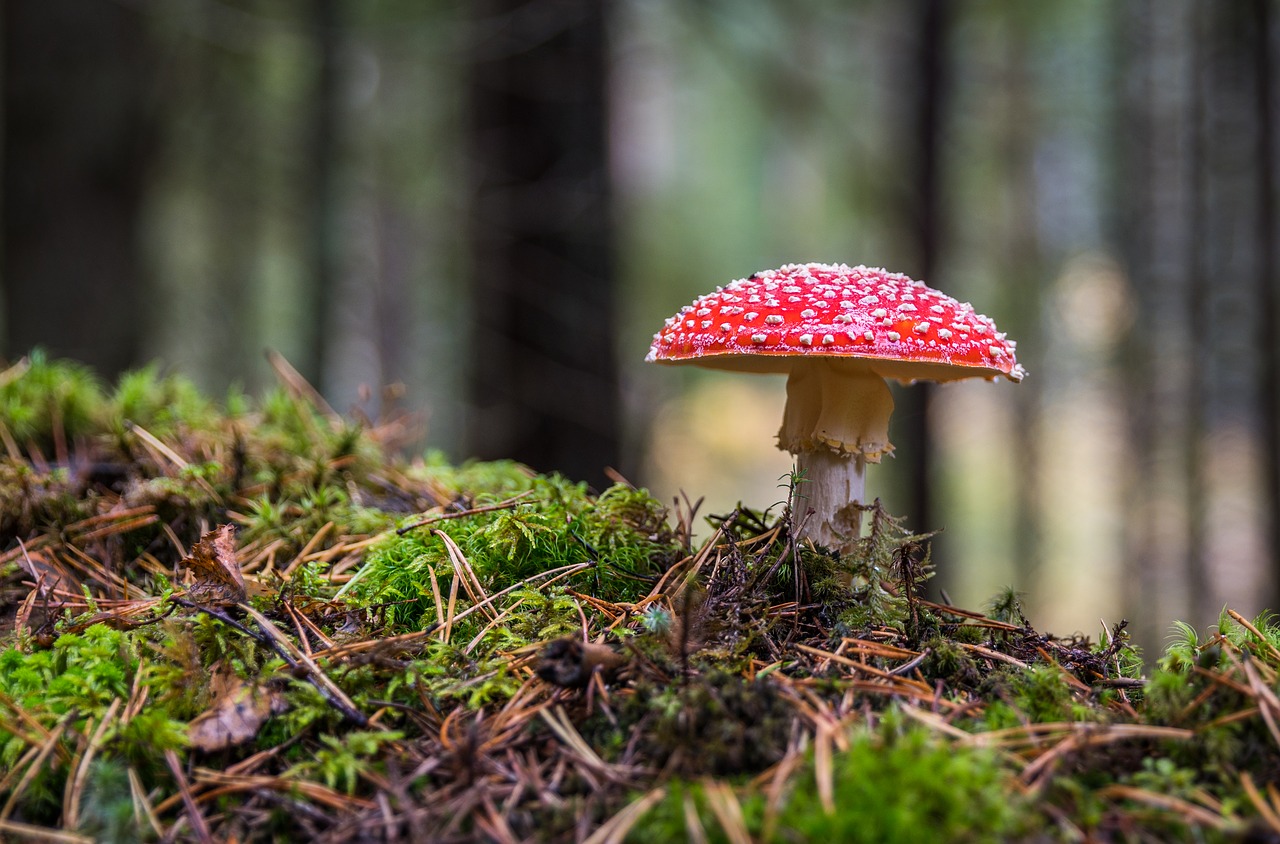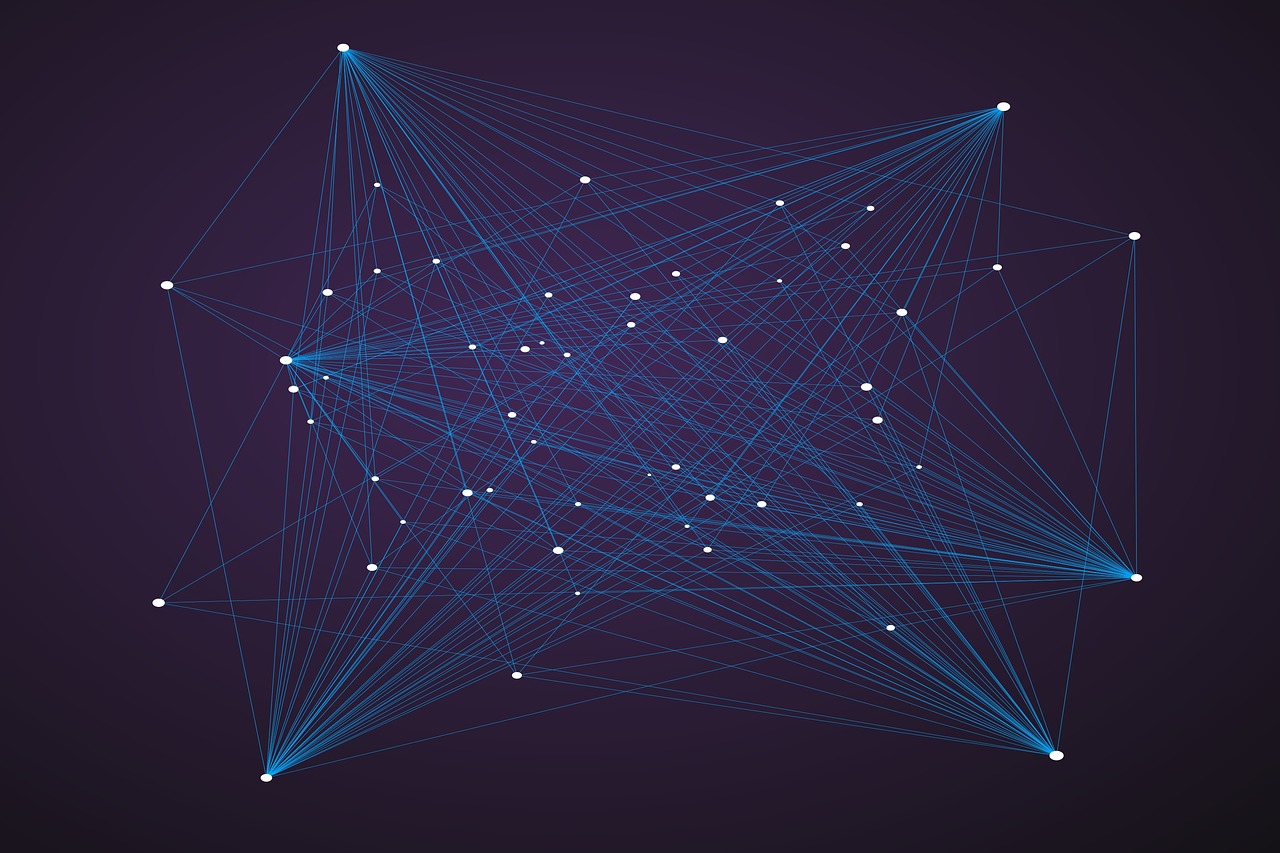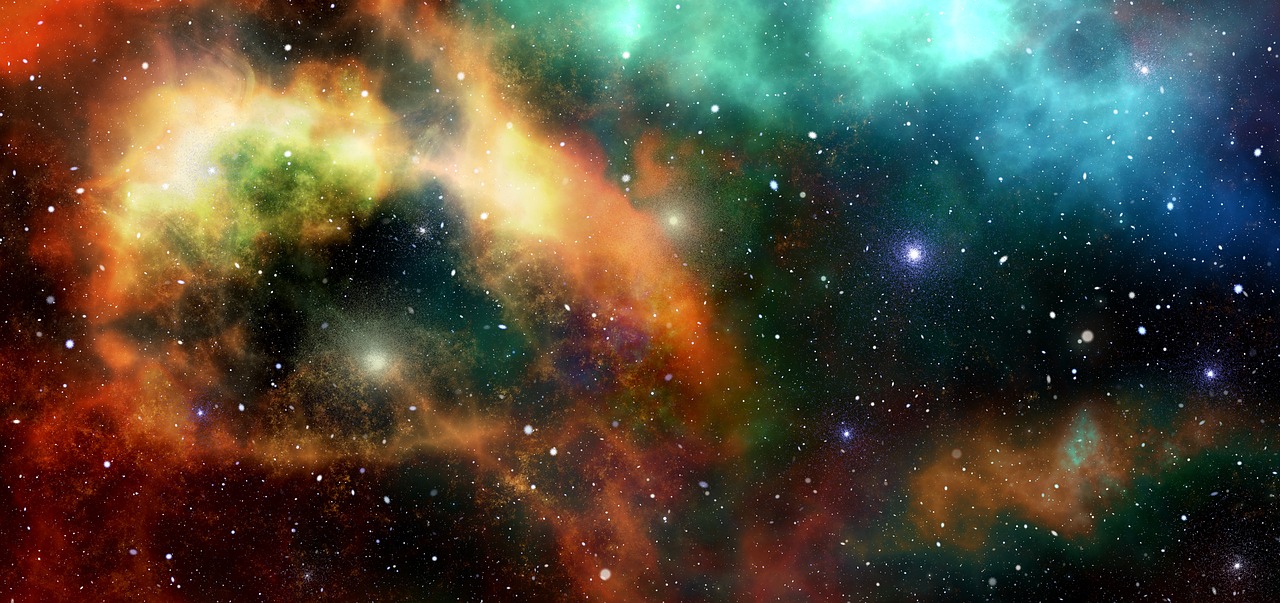The Curious Case Of The Mushroom: There's More To Them Than You Think
blog·@shayne·
0.000 HBDThe Curious Case Of The Mushroom: There's More To Them Than You Think
 I've always thought that mushrooms are cool. As a kid, I liked the way mushrooms looked. I enjoyed eating them in salads, on pizza, and sometimes just by themselves. They grew in interesting ways. Some of them can make you trip out. There's just a lot going on with mushrooms. But what's *really* the nature of the mushroom? # Our cousin, the Mushroom <hr>  "Wait... we're *related* to mushrooms??? Aren't mushrooms a vegetable????" > Simple answer? No, it’s not a vegetable. Mushrooms are fruiting bodies of macroscopic filamentous fungi. Earlier when mycology (the study of fungi) arose, it was a part of botany. This happened as fungi were considered to be primitive plants. The major difference between a plant (vegetable) and mushroom is how they acquire their food. In the case of plants, they possess chlorophyll and make their food via photosynthesis. Fungi, on the other hand, exist on decaying material in nature. Also the obvious structural differences, such as lack of leaves, roots, and seeds.So fungi now have their own kingdom on the basis of cellular organization. [How Are Mushrooms More Similar to Humans than Plants?](https://www.scienceabc.com/nature/how-are-mushrooms-more-similar-to-humans-than-plants.html) A mushroom is not a vegetable, and science has been able to demonstrate that we are more related to mushrooms than we are to vegetables: > As it turns out, animals and fungi share a common ancestor and branched away from plants at some point about 1.1 billion years ago. It was only later that animals and fungi separated on the genealogical tree of life, making mushrooms more closely related to humans than plants. Most likely, this common ancestor was a single-celled organism that had sperm-like characteristics (like an animal) and then a later developmental stage with a stronger cell wall (fungi). We share a common ancestor, according to evolution. But what else? > Fungi and animals are both eukaryotes, with nuclei and other complex structures inside their cell membranes, whereas bacteria are much simpler – composed of just genetic material and a cell wall. Therefore, when we try to fight a bacterial infection, the body is able to easily differentiate and neutralize the threat. Unfortunately, with fungal infections, the body sometimes thinks that the infection is…. us. Drugs that are synthesized to fight the cells of fungal infections may also attack healthy human cells, as there is very little structural difference. # The Mycelium Network: the Internet for Flora <hr>  Humans like to think that they are the only living things that use worldwide communication networks. It's a rather narrow view of things. We don't generally have a complex enough understanding of *our own* communication and how it works to be able to appropriately evaluate the way that other living creatures might communicate. When I say "we", of course I don't mean everybody: some people have been ahead of the curve on this: > hough this may sound like news to some, indications of “Earth’s natural internet” go back to the 19th century, beginning with German biologist Albert Bernard Frank. He is the first to discover a symbiotic relationship between fungal colonies and the roots of plants. Frank created the term "mycorrhiza" to describe this symbiosis. Today we know that approximately 90% of all land-based plants are connected through what is called the mycorrhizal network. [Plants and Trees Communicate Through an Unseen Web](http://bigthink.com/philip-perry/plants-and-trees-communicate-help-each-other-and-even-poison-enemies-through-an-unseen-web) ***90%??*** > Besides defense, it also serves as a communication network, connecting even to plants which are far away. Paul Stamets first had the idea of such a network in the 1970s, while studying fungi under an electron microscope. He found that there were startling similarities between the precursor to the internet, the US defense department’s ARPANET, and these fungal networks. Yet, it took decades of research to uncover the sheer breadth of the phenomenon. Other scientists have since likened it to an animal’s nervous system. An animal's nervous system. Hmm... so we are looking at a network that connects 90% of plant life, and according to [biomass data](https://web.archive.org/web/20100614060909/http://www.seps.sk/zp/fond/dieret/biomass.htm) (the mass of living biological organisms in a given area or ecosystem at a given time), land plant life makes up 90% of the life on the planet: * Total mass of living matter (including moisture) - 2000 billion tonnes * Total mass in land plants - 1800 billion tonnes So when we think about the mycelium network, we are basically looking at the nervous system of the planet. > In 1983, two studies proved that poplars and sugar maple trees warn each other about worrisome insects. When one tree becomes infested, it warns others who begin producing anti-insect chemicals, to protect against attack. These signals are sent through the air. Even then, the splinter group of scientists studying this phenomenon were for decades waved away. Since the late 90’s however, such researchers have proven that trees transfer carbon, nitrogen, phosphorus, and other nutrients, back and forth via mycelia. Today, though only a scant few study it, the phenomenon is no longer in doubt. Fascinating... plants communicate with each other about potential threats; they even transfer resources among themselves as needed. > Of course, Simard isn’t suggesting that plants have consciousness or that they are individuals in any sense. But they are interacting and helping one another survive. Other experts warn that although we are aware of such exchanges, to what extent they occur remains unclear. Well, some may not think that mushrooms have consciousness, but others disagree. # Mushrooms and Consciousness <hr>  One of the most interesting people you will ever know of is Paul Stamets. Stamets is an American mycologist, author and advocate of bioremediation and medicinal fungi. He has hosted a talk at universities and research institutes called [Mushrooms and the Mycology of Consciousness](https://www.ciis.edu/ciis-news-and-events/campus-calendar/stamets-su16) Here he is blowing Joe Rogan's mind about "fungal intelligence": <iframe width="560" height="315" src="https://www.youtube.com/embed/QrFSAbnhKYI" frameborder="0" allow="autoplay; encrypted-media" allowfullscreen></iframe> In this clip he also goes into what is sometimes called the "Stoned Ape Theory" but he calls [epigenetic neurogenesis](https://en.wikipedia.org/wiki/Epigenetic_regulation_of_neurogenesis): > Epigenetics is the study of heritable changes in gene expression which do not result from modifications to the sequence of DNA. Neurogenesis is the mechanism for neuron proliferation and differentiation. It entails many different complex processes which are all time and order dependent. Processes such as neuron proliferation, fate specification, differentiation, maturation, and functional integration of newborn cells into existing neuronal networks are all interconnected. In the past decade many epigenetic regulatory mechanisms have been shown to play a large role in the timing and determination of neural stem cell lineages. One of the most fascinating things to me is that he mentions that the consumption of hallucinogenic mushrooms exposes the individual to fractal patterns, and I'm about to write another article about the effects of what we think of abstract patterns on the real world. Here's Terence Mckenna explaining the Stoned Ape Theory: <iframe width="560" height="315" src="https://www.youtube.com/embed/hOtLJwK7kdk" frameborder="0" allow="autoplay; encrypted-media" allowfullscreen></iframe> So, not only might mushrooms *have* consciousness, they in fact might have *given us* consciousness. # Mushrooms came from space? <hr>  This is not something that I've seen anyone prove conclusively yet, but mushrooms have the cellular structure to travel through space: > Fungi build cell walls out of chitin, the same material that makes up the hard outer shells of insects and other arthropods. These cell walls contain similar chemicals found in butterfly and beetle wings, as well as the plumage of some colorful birds, such as peacocks. [ARE MUSHROOMS FROM OUTER SPACE?](http://www.explorebigsky.com/are-mushrooms-from-outer-space) Essentially, mushrooms are the perfect unit for [panspermia](https://en.wikipedia.org/wiki/Panspermia): > Panspermia is a hypothesis proposing that microscopic life forms that can survive the effects of space, such as extremophiles, become trapped in debris ejected into space after collisions between planets and small Solar System bodies that harbor life. Some organisms may travel dormant for an extended amount of time before colliding randomly with other planets or intermingling with protoplanetary disks. Under certain ideal impact circumstances (into a body of water, for example), and ideal conditions on a new planet's surfaces, it is possible that the surviving organisms could become active and begin to colonize their new environment. Panspermia is not meant to address how life began, just the method that may cause its distribution in the Universe. # What do you think? <hr>  This is one of the most fascinating topics I've ever explored. The potential meaning of all of this is fantastically great: mushrooms *could* have come from space, played a part in our physically evolution, and given us consciousness. At that point, one can only ask: **But WHY?** **Images from https://pixabay.com** # Follow me @shayne
👍 shayne, sulev, builderofcastles, cloudbuster, mistermercury, leeuw, lazzelazer, sebastianjago, uruiamme, emcvay, fulltimegeek, bitsy, ancapwarren, acutimam, anomaly, soccernews, dragon40, infinity8oleg, simply-me, raja-rimba, hitmeasap, torquewrench1969, seoulit, hambali06, ivet, seablue, cecilswall, sazerac, liso, humor-room, uryvs, lokanov, estinakosh, tfeldman, eloirma, ubik, nikoleondas,